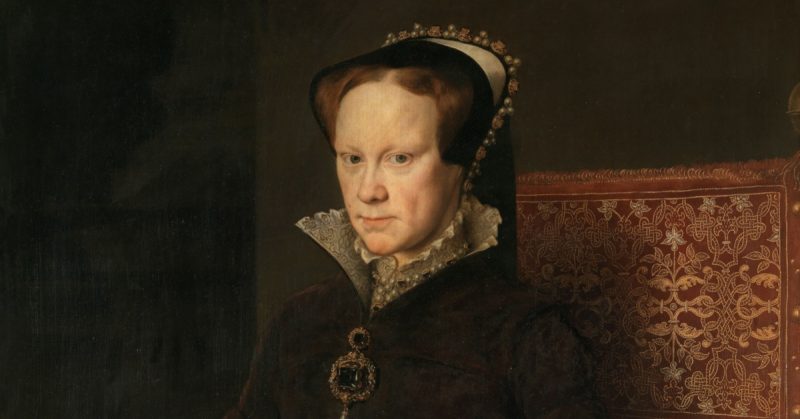On July 6, 1553, Edward VI, King of England, lay dead, but only a few people knew about it. The powerful Duke of Northumberland was plotting to keep Edward’s sister, the staunchly Catholic Lady Mary Tudor, off the throne and make his own daughter-in-law, the Lady Jane Grey queen.
The Duke of Northumberland just needed time. Time to gain physical control over Mary. Time to convince Jane she must accept the crown. Time to make the English people accept the change. Just…more time. But Edward’s death had robbed him of that convenience.
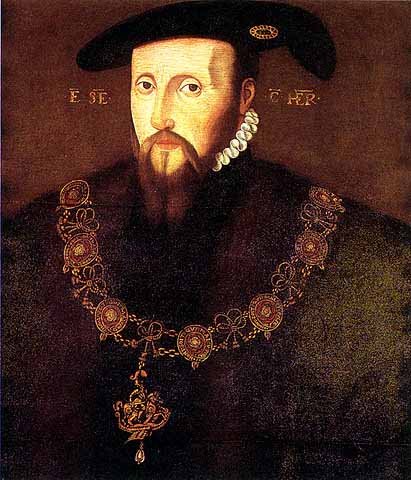
News of Edward VI’s Death Leaks Out
It was common knowledge in England that the king had been desperately ill for months. As his demise grew closer, Mary decided to ride to Kenninghall in Norfolk. There, if anywhere, she would be surrounded by supporters. Northumberland dispatched a small army to intercept her en route.
They failed, though they did encourage Protestant sympathizers to burn homes where Mary was known to have stayed on her flight to the North.
By July 7, diplomats were saying amongst each other that the king had died. Northumberland could prevaricate no longer. He announced the king’s death, and the ascension of Lady Jane to the English throne, on July 8. London responded to the news of the change in the line of succession with stony silence.
Mary reached Kenninghall on July 9, where several sources waited to confirm her brother’s death.
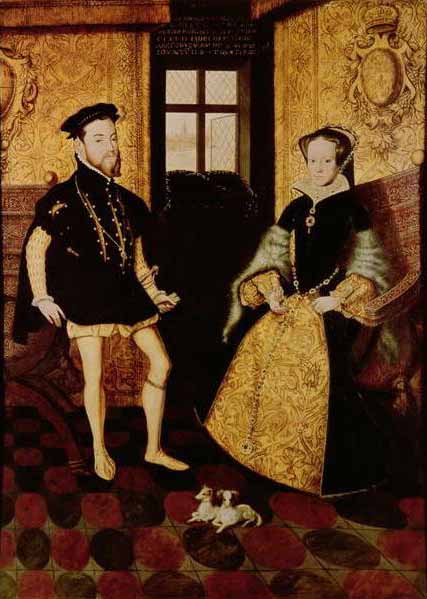
Mary Takes Decisive Action
By the time Mary reached Kenninghall, some thirty loyal gentlemen had joined her. This was hardly enough to count as an army, but she was encouraged by their presence nonetheless. Mary gathered her household and supporters around her and confirmed the news of Edward’s death. She then, to thunderous applause, proclaimed herself Queen of England.
Charles V of Spain and his Spanish ambassadors were shocked. They believed Mary was entering a fight she could not possibly win. All encouraged her to adopt a conciliatory attitude towards Jane Grey. They had forgotten they were dealing with the daughter of the legendary Katherine of Aragon.
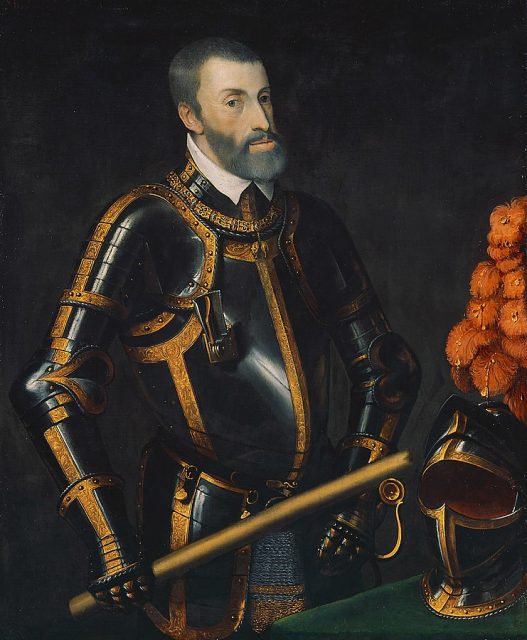
Mary not only proclaimed herself queen to her own household, she wrote many letters that she sent to cities, towns, men in public offices, even the late king’s former Council members. In the letters she declared herself to be the one true Queen of England.
Then Mary lied outright, probably for the first time since her father, Henry VIII, had broken her will and forced her to sign an oath of loyalty to his new Act of Succession. Although it was well known she had fought bitterly with her brother over his Protestant reformation, she promised she would make no changes to England’s religion as it currently stood. This bold move began to win her Protestant as well as Catholic supporters.
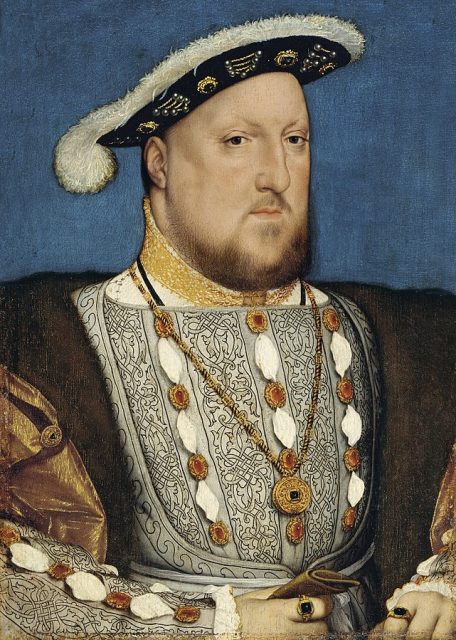
The Tide Begins to Turn in Mary’s Favor
By July 12, Mary decided to move her forces to the larger and more defensible Framlingham Castle in Suffolk. When she raised her standard as queen, she was joined by more than 15,000 men. Not all of these men supported Mary personally. Many were suspicious of her religious beliefs. They all realized, however, that her claim to the throne was a fair and valid one. She was the eldest daughter of King Henry VIII and his first wife. Her brother was dead. Clearly, she should succeed.
More noblemen spoke out in support of Lady Mary’s claim to the throne. The Earl of Norfolk, who had once refused Mary shelter in his home when she was being chased by the soldiers of Northumberland, now acknowledged her as his queen. Even Protestant leaders like Peter Carew and John de Vere of Oxford were offering their men to help her cause.
It became a bitter joke that Mary had been proclaimed queen in every place in England except London.
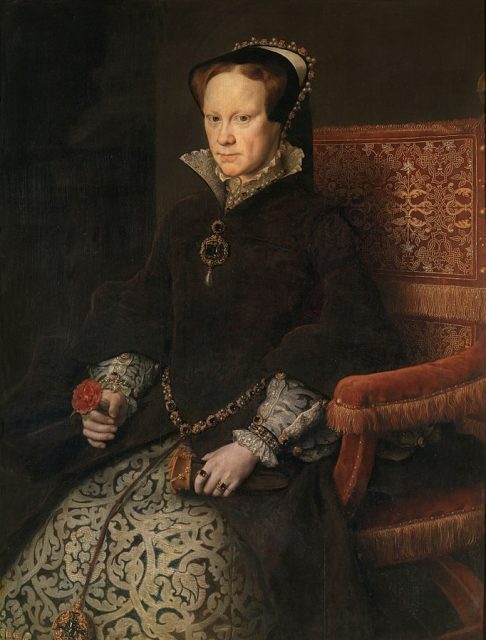
Northumberland Defeated
Northumberland was an ambitious and often cruel man. When he had the ear of King Edward, none had dared try to topple him, but now it was clear that his schemes were coming down around his ears. His own men turned against him, and the privy council sent two men to Mary to beg her forgiveness and accept them into her most gracious service.
On July 19, Northumberland could hold out no longer. The city of London officially proclaimed the Lady Mary Queen of England to great rejoicing. Not a single shot had been fired in what could have become a horrific civil war. Jane Grey’s reign had lasted only nine days.
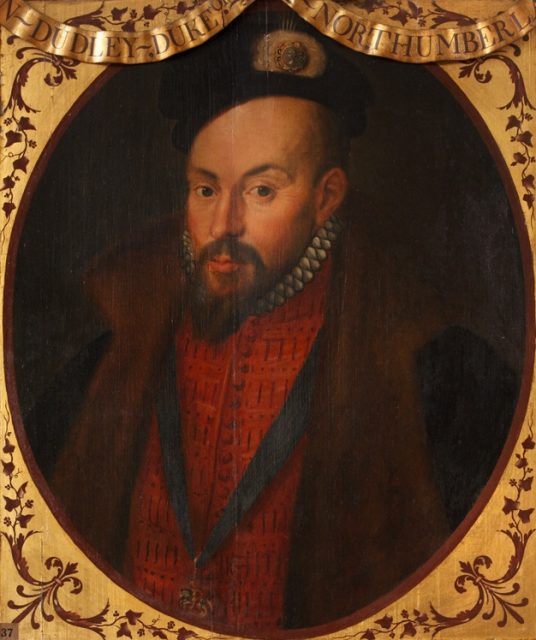
Mary’s subjects were sure she had only achieved her bloodless victory with the help of God. She must, they decided, be queen by God’s will.
Mary, herself, was also sure of this fact, and she was ready to do whatever it took to bring England back into the fold of the Catholic Church. “Whatever it took” would make her one of the most hated monarchs in history.
